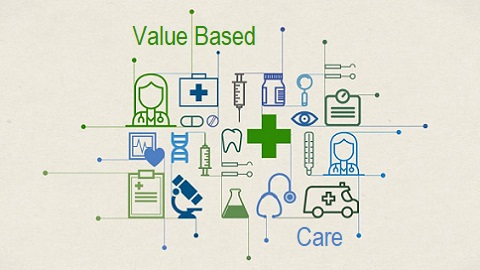

Telehealth provides healthcare without an in-person visit by utilizing technology (HHS, 2023). Patients can talk to their provider over the phone, via video chat, or through secure messaging. Telehealth can also involve remote monitoring of the patient’s vital signs, such as blood pressure and heart rate, via devices worn by the patient. Then the technology sends the results to their provider.
Healthcare equity is defined as the opportunity for everyone to receive healthcare regardless of social or economic status. Underserved communities include, for example, patients with low income, patients who live in rural areas, older patients, and patients with disabilities. Underserved communities often lack equal access to healthcare, which can lead to higher mortality rates, higher rates of disease, increased illness severity, higher medical costs, and other consequences.
Telehealth opens the door for improved medical care for these underserved communities. For example, telehealth can provide healthcare visit options for patients located in remote locations and allow physicians to receive consultative advice from a specialist at a distant site as technologies securely share medical information. Telehealth can provide remote patient monitoring of vital signs and chronic diseases such as diabetic blood glucose readings.